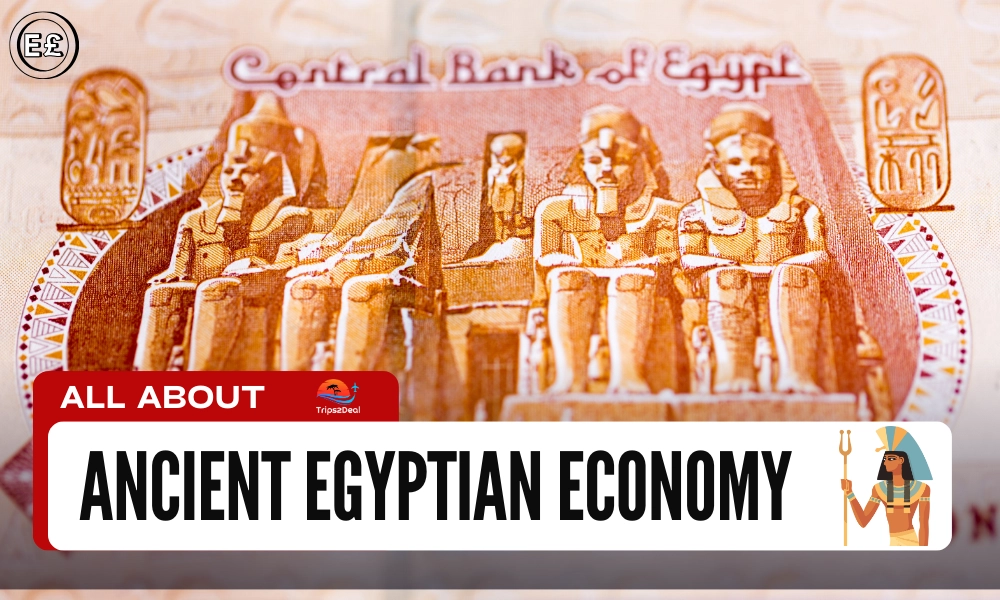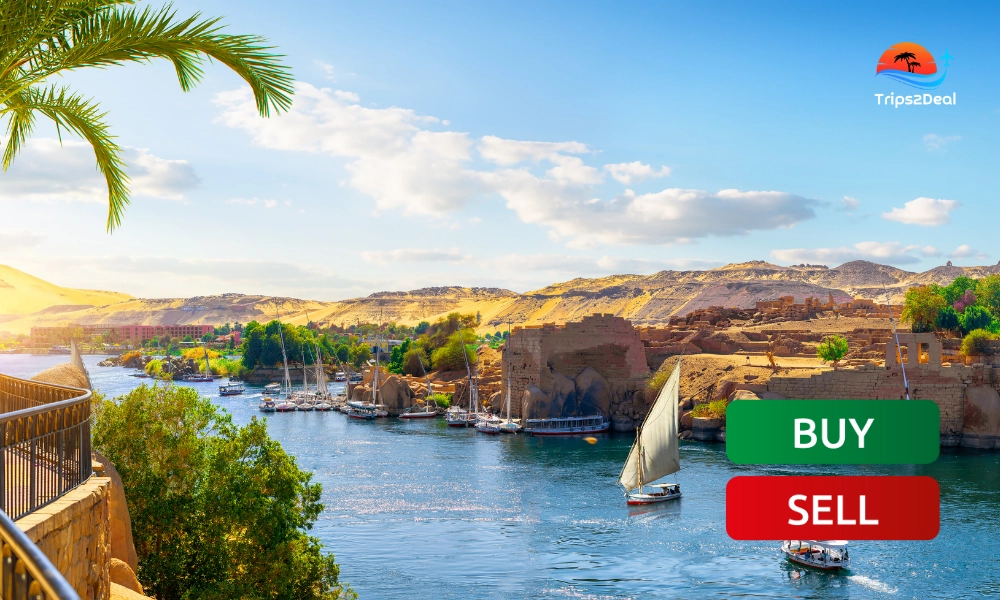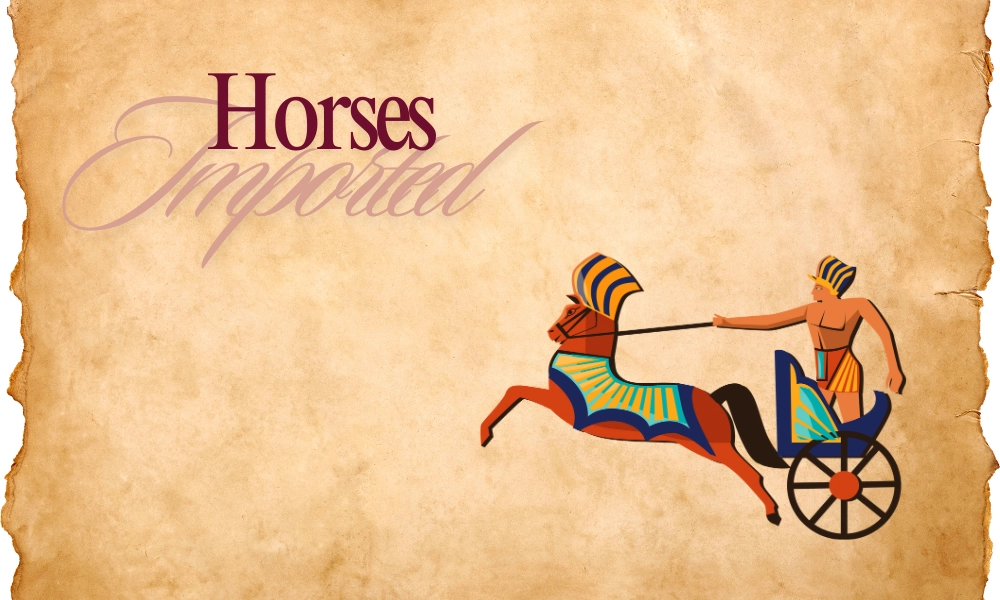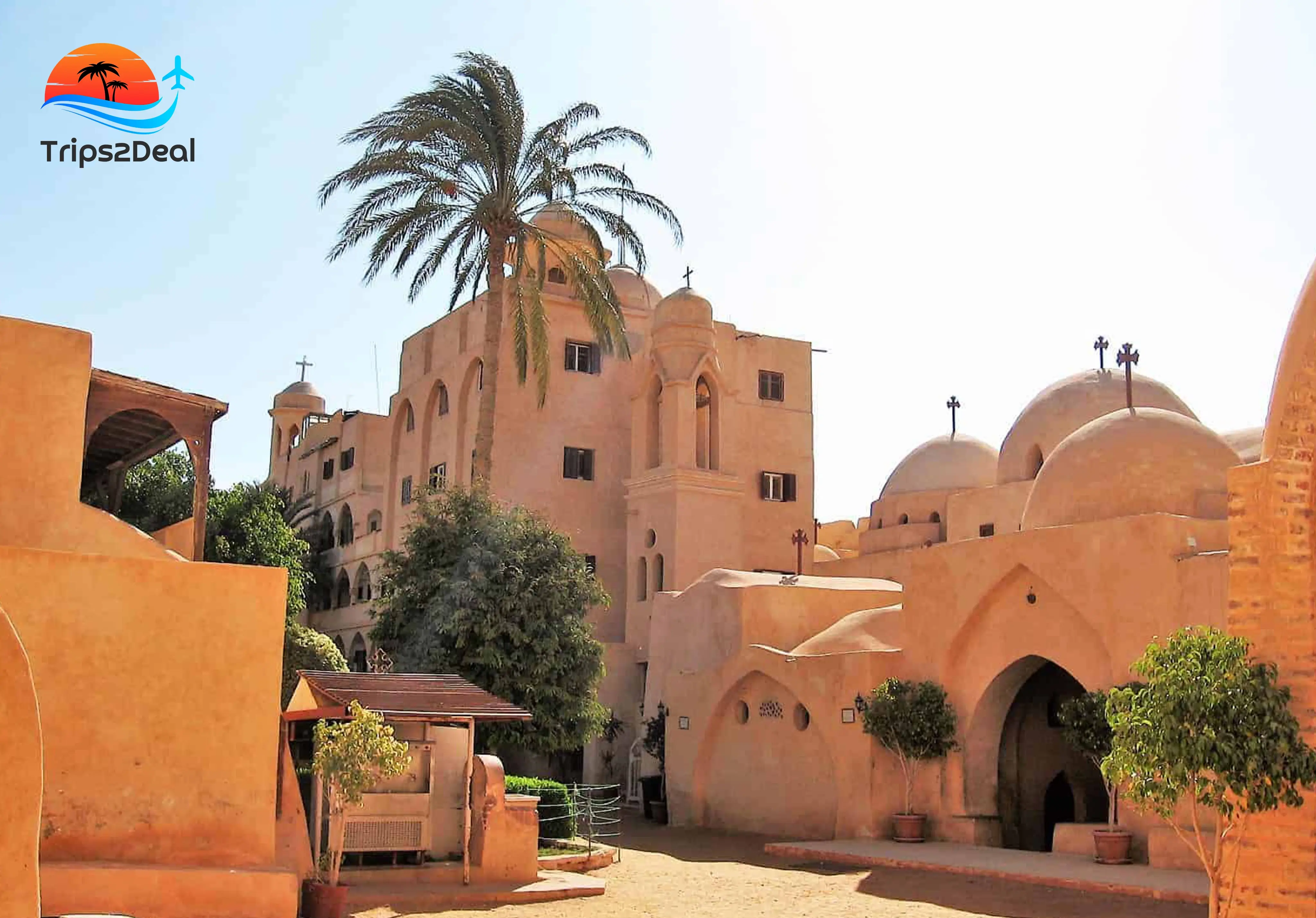Blogs

All about Ancient Egyptian Economy
The Ancient Egyptian economy was well organized and utilized natural resources. This complex system helped Egypt become one of the great ancient civilizations. Resources and controls were carefully planned, with a team of people recording every detail and making sure everything went smoothly. It was this perfect organization that made the Egyptian economy so prosperous.
Basic Facts of Ancient Egyptian Economy
In the Ancient Egyptian Economy, bureaucrats handled important economic tasks, such as redistributing land after the flood, accounting for food supplies, collecting crop taxes, and collecting surpluses. These industries generally had religious affiliations and involved thousands of workers. The economy depended on taxes, labor, and grain was essential for storage and during poor harvests. As the Egyptians learned more about their land, they established trade routes with Arabia, Sub-Saharan Africa, the Fertile Crescent and India, increasing their economic prosperity
Building Blocks of Ancient Egyptian Economy
Most people in ancient Egypt, about nine out of ten, lived in villages and worked the land. These communities were largely self-sufficient, many of whom were like slaves and had little control over their lives. It was believed to be the land of the Gods Osiris and Horus, represented by Pharaoh. Over time, especially in the later period, people could buy and sell land freely. In the New Kingdom, about one-third of Amen belonged to priests, who maintained large numbers of workers and slaves. Most managers, priests, merchants and craftsmen lived in towns along the Nile, which facilitated the transportation of food and supplies by boat.

Agriculture in Ancient Egypt
Agriculture was the main source of Egyptian wealth. They raised rice, vegetables, fruits and other crops, and raised cattle, goats, pigs and other livestock.The annual blue floods kept the soil fertile, but farming methods were rudimentary and implements primitive. Much of the fish consumed came from the Nile, while hunting and gathering were small parts of the Ancient Egyptian Economy, mostly important to the poor.
Ancient Egyptian Manufacturing
Most of the products came from smithy families. Labor was divided according to gender: men grew flax, while women spun it into yarn and wove it into silk. Much of the grain was used for beer, and the women cleaned and dried the fish caught by the men. Small-scale industries, often financed by wealthy aristocrats, sprang up in urban areas, including bakeries and breweries. Over time, with the introduction of long cloths in the New Kingdom, tailoring became the dominant male occupation.
Mining in Ancient Egyptian Economy
In the economy of ancient Egypt, most mining was valuable only to a small class of the wealthy. Precious metals were not widely used until later, and most of the wealthy still had them. Bronze, brass and iron tools were expensive, so many poor people used stone and wooden tools. Only the wealthy and artisans could acquire precious stones and stones for temples and tombs. The natron needed for the mulch was mined in Wadi Natrun, but mulching was too expensive for most people.
Ancient Egyptian Commerce and Banking
Much of the Ancient Egyptian Food in the Ancient Egyptian Economy was consumed by farmers. Once homeowners shared with taxpayers, any remaining crops could be bartered or sold at the market. Little is known about the merchants, but they were important until later in the period.
Some wheat and tax grain were stored in the state warehouses, where written orders were in cash. The grain accounts were managed by a central bank in Alexandria, which allowed for transfers like a modern bank. Until the second half of the first millennium, gold, silver and copper were mainly used for trade with foreigners. But high interest rates, sometimes as high as 10%, have made competition difficult for Egyptian businesses.
Energy in Ancient Egyptian Economy
Human muscular strength was the primary source of energy in the Ancient Egyptian Economy, with donkeys, oxen and other domestic animals playing an important role. Donkeys carried goods and animals were used for hauling, although plows were used to tie cattle horns and it works, although the method was inefficient. In the Second Intermediate Period, horses were imported into Egypt but they were expensive and the rich used them mostly for chariots. Wind power was used to build ships, but because the Nile flows north , it was often necessary to sail to places that were the only places to go downstream. Fire was important in cooking, metalworking, and glassmaking, and was usually fueled by charcoal or dried plant and animal matter. Solar heat was successfully used to make mud bricks, ideal for Egypt’s dry climate.

Warfare in Ancient Egypt Economy
The spoils of war were an important currency for Egypt until the victory. In battles such as the Battle of Kadesh and the Battle of Megiddo, courage was rewarded with treasures such as gold necklaces, bracelets and land. Defeated nations had to pay tribute, and gifts were exchanged with foreign pharaohs and kings in exchange for the peace that Egypt often enjoyed. The Ancient Egyptian Economy helped make this civilization one of the most beautiful cultures in history in every sense of the word.





